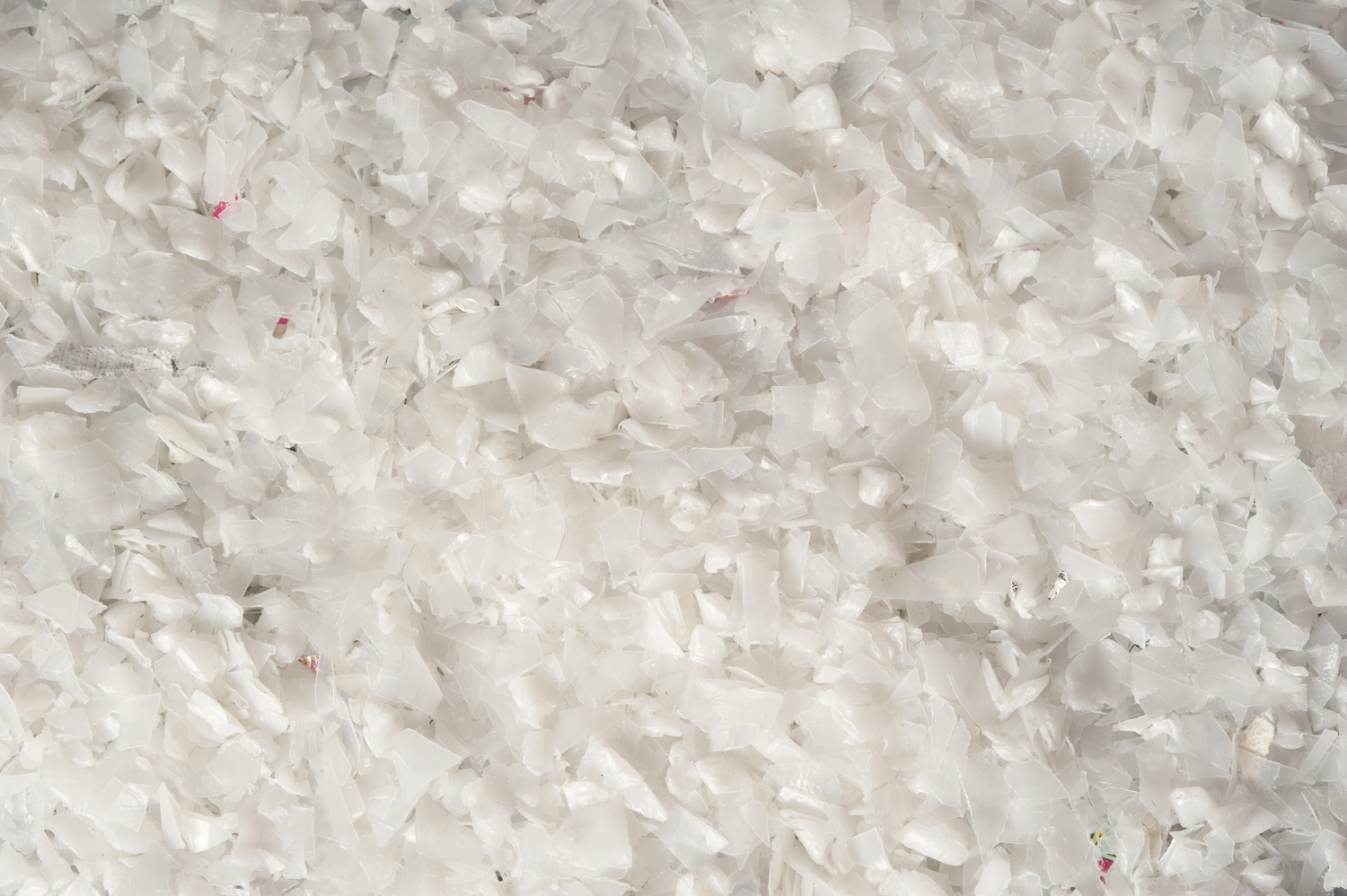Understanding How HDPE is Made

High-density polyethylene (HDPE) is the primary ingredient in numerous products across a broad range of industries. From food bags and bottles to automobile fuel tanks and plastic lumber, HDPE is ubiquitous because it is so versatile and useful. Let’s delve into a deeper understanding of how HDPE is made and what it can be used for.
What Is HDPE?
HDPE stands for high-density polyethylene. It is a thermoplastic, which means that is a human-made compound with the ability to be formed into shapes of the manufacturer’s choosing. When heat is applied to a thermoplastic, it becomes more malleable, and the reverse is true when it cools. HDPE is composed specifically of building-block molecules called ethylene, which bond together in tight, linear formations to create a strong, lightweight material, hence the name.
HDPE Production
Ethylene is actually a gas before it is polymerized, or put together, through human intervention. One of the main ways that a factory can get ethylene gas is by isolating a substance called ethane from natural gas. The ethane then serves as the raw material for a process called steam cracking, where steam and extreme heat are applied to the ethane to rearrange intramolecular bonds in the ethane and create ethylene. Next, those ethylene molecules are combined (polymerized) into chains of polyethylene, which combine in a high-density arrangement with the addition of a chemical called a Ziegler-Natta catalyst. The HDPE is now a viscous resin that can be molded into whatever solid product it is needed for.
At Bedford Technology, we create plastic lumber boards out of HDPE. This material is solid enough to be used for structural purposes and can be made even more rigid with hard substances like fiberglass. On top of this, HDPE does not form a breeding ground for microbes and other small organisms that could eat through regular wood and weaken it over time. For the best products available in the field of HDPE lumber suppliers, contact us today.












